
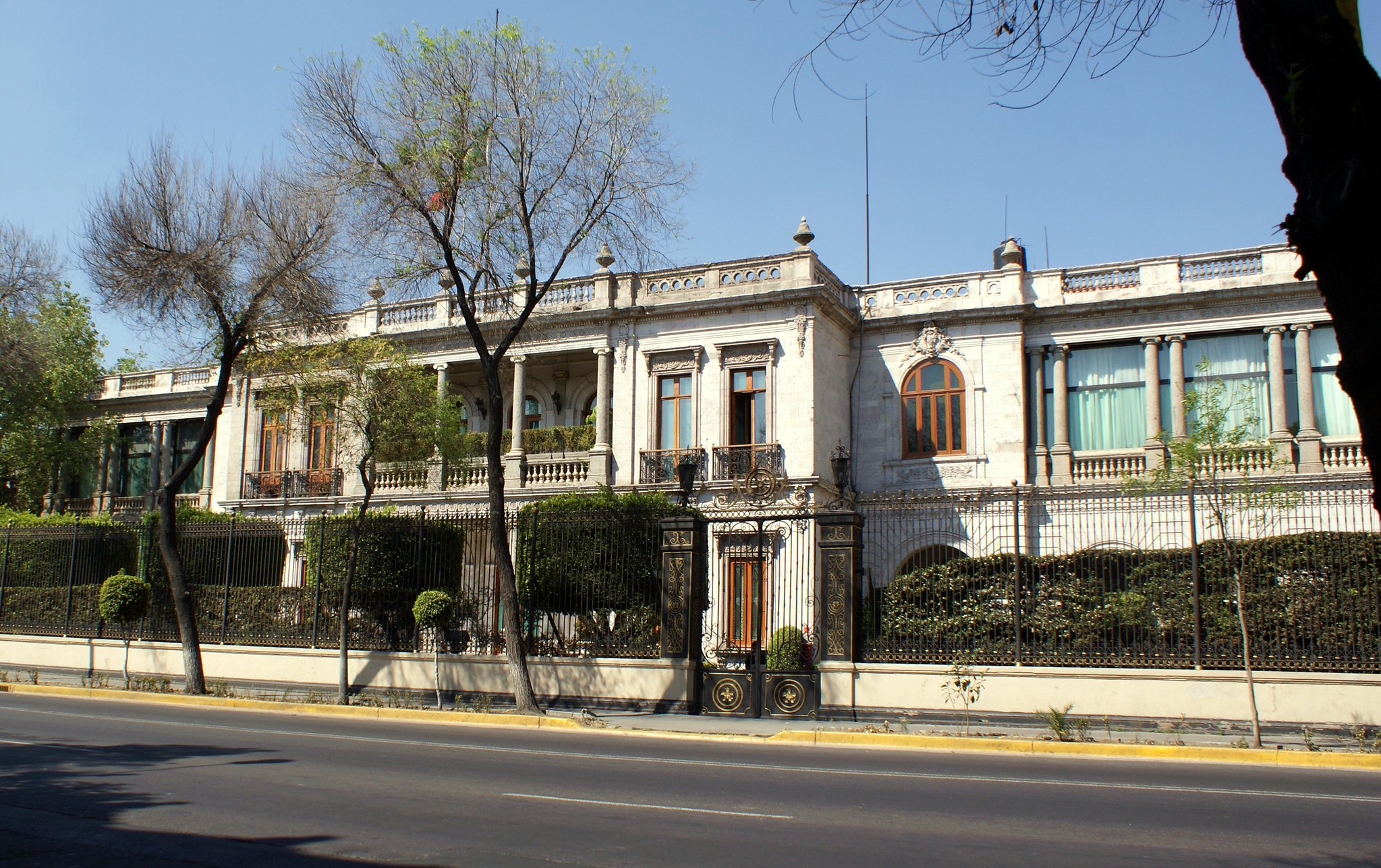
The Cobián Palace is to most Mexico City residents simply “Gobernación.” The Secretaría de Gobernación is one of the most important departments of the Mexican Federal Government. As such, it’s often the target of protests. These have often entirely shut the Avenida Bucareli to through traffic. Some protests have extended for months, continually raising the ire of motorists.
That said, very few know the site’s history. Bucareli was, for more than 100 years, the most prominent street in Mexico City. Opened in 1775, the Paseo Nuevo was the project of the Viceroy, Antonio María de Bucareli y Ursúa. “Avenida Bucareli” became the street’s name in everyday parlance soon after. The street remained the City’s most prominent until the Paseo de la Reforma was developed in the early Porfirato period.
A wealthy Spanish merchant and cotton trader, Feliciano Cobián, purchased the lot here in 1902. He then hired an architect named Emilio Dondé to build the house. Dondé is probably best-remembered for his San Felipe Jesus church (1885-1897) on the Avenida Madero.
The property had been home to a prominent street car shed and administrative headquarters. Dondé used some of the existing foundations. To the building he quickly erected, the archictect added north and south wings with elevated terraces. The south wing, enclosed in glass, still makes a dramatic statement above the Calle General Prim.
Obviously, the complex has grown considerably over the 20th century. Imagining it as the old Neo-Classical residence might give passersby a very different appreciation for the mansion. In fact, the original construction period lasted a mere eight months. This was in part due to the architect’s re-purposing of parts of the structures already on the site. The family occupied the house already in 1903.
By 1909, though, the Cobián Palace, even well before the Mexican Revolution, was seized by the Federal Government. Under President Porfiro Díaz, the Interior Ministry took control. They briefly provided is to the Delegation of the USA. The building then served, albeit briefly, as the USA Embassy during the Centennial of the Independence of Mexico in 1910.
With the fall of the Díaz government, the building was abandoned by the Americans. Soon after, The Ten Tragic Days took their toll on the building. The original Chinese Clock, then positioned outside the Ciudadela, was nearly completely destroyed at the same time. A replacement only showed up here during celebrations of the Consummation of Mexican Independence in 1921.
Today, the building is always under heavy security. During most of the 20th century, it was notoriously the office of the most likely contender for the presidency. An assumed candidate was just as likely to be referred to as “Bucareli,” or the “occupant of Bucareli,” as by any other name. That history continues to color the address, if not the Federal Department, even to this day.
Rafael Fierro Gossman, 22 de abril de 2013, La casa de don Feliciano Cobián F. y Rosalía Fernández del Valle en Bucareli. https://grandescasasdemexico.blogspot.com/2013/04/la-casa-de-don-feliciano-cobian-f-y.html
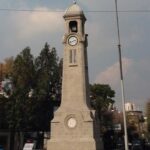
Nearest at 0.03 kms.

Nearest at 0.16 kms.

Nearest at 0.21 kms.
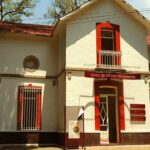
One of Chapultepec's more sublime historic homes is a cultural center, too.
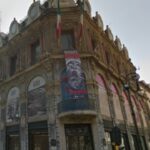
One of Avenida Madero's most famous corners . . .
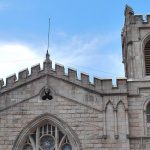
A historic Methodist church on the Avenida Balderas . . .
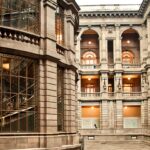
The National Art Museum in Mexico City's Centro Histórico is always going to be a holiday highlight.

A sublime Italian Renaissance style has greeted passersby for nearly 120 years. Here's what it's about.